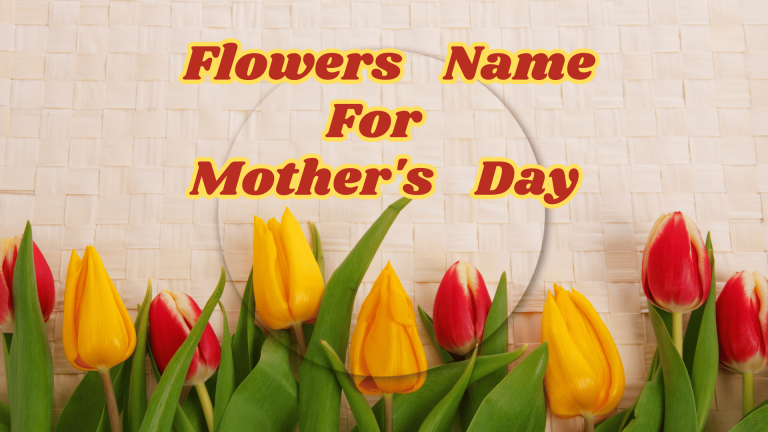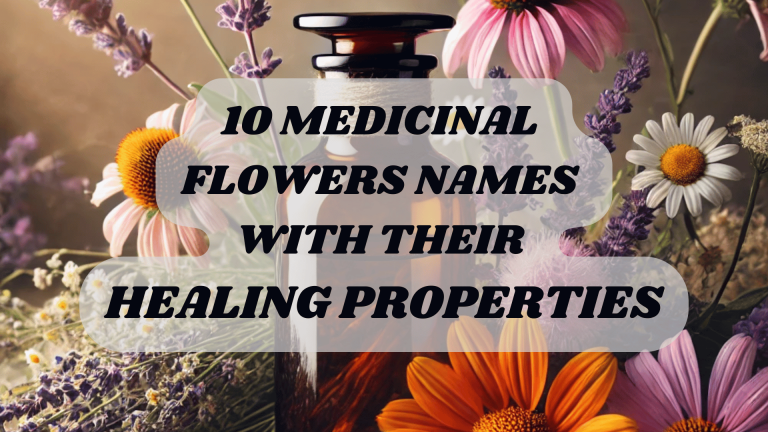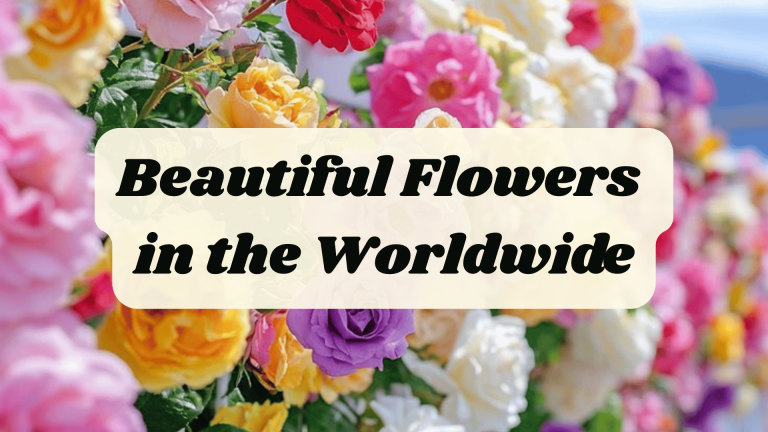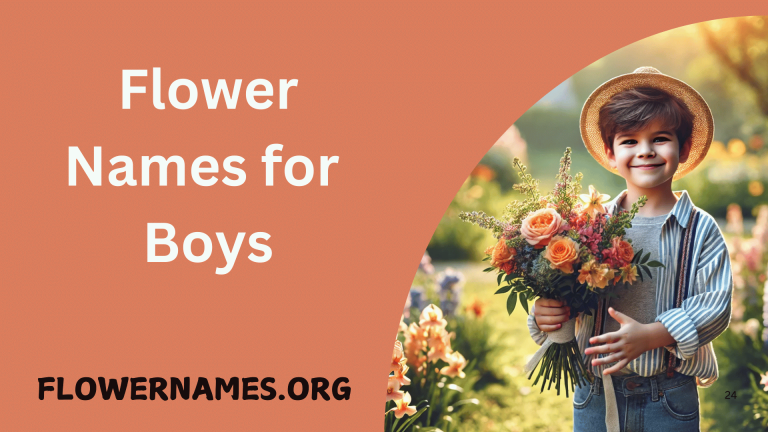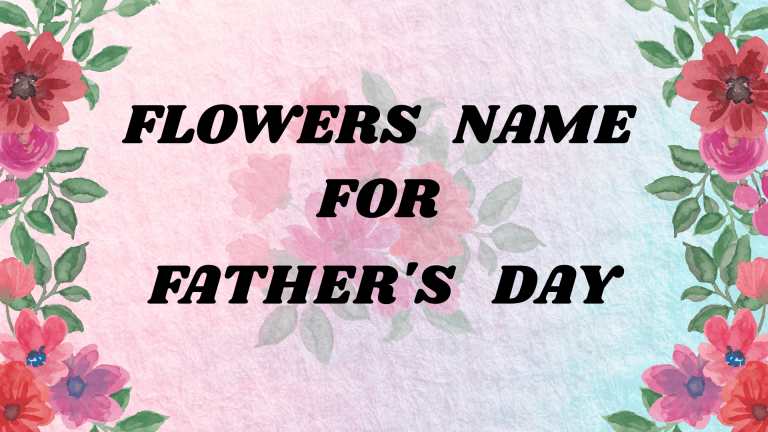Bougainvillea Flowers: A Vibrant And Beauty for Every Garden
Bougainvillea, with its brilliant and vivid bracts, is a showstopper in gardens around the world. Known for its striking hues of pink, purple, orange, red, white, and magenta, Bougainvillea is not just a feast for the eyes but also a hardy, drought-resistant plant that thrives in sunny locations. Whether you’re an experienced gardener or a beginner looking to add color to your garden, Bougainvillea can be an excellent choice.
In this article, we will delve into the history of Bougainvillea, the best time to grow and care for it, how to grow Bougainvillea outdoors, the reasons to have Bougainvillea in your garden, and conclude with a final overview of this delightful flowering plant.
History About Bougainvillea
The Bougainvillea plant was first discovered in South America, specifically in Brazil, in the 1760s by French naturalist Philibert Commerçon. He named the plant after his friend and companion on the expedition, Louis Antoine de Bougainville, a French admiral and explorer. This exotic plant quickly attracted attention due to its vibrant and long-lasting bracts modified leaves that appear like petals.
Bougainvillea belongs to the Nyctaginaceae family, commonly known as the four-o’clock family. Though native to the tropical and subtropical regions of South America, especially Brazil, Peru, and Argentina, the plant has been widely cultivated across the globe. Today, it’s a popular ornamental plant in India, Southeast Asia, the Mediterranean, and many parts of the United States, particularly Florida, California, and Arizona.
Over the years, botanists have developed various hybrids and cultivars, offering different color variations and sizes. There are over 18 recognized species, and through hybridization, countless more varieties have been introduced into the horticultural world. From climbing vines to dwarf shrubs, Bougainvillea now comes in multiple forms suitable for different garden styles.
When to Grow and Care for Bougainvillea
Bougainvillea is a warm-weather plant that flourishes best in spring and summer. This sun-loving flower requires heat and ample sunlight to bloom profusely. If you’re planning to plant Bougainvillea, wait until after the last frost. In most climates, early spring (March to April) is the ideal time for planting.Temperature and Light Requirements
- Ideal Temperature: 60°F to 100°F (15°C to 38°C)
- Sunlight: Full sun (at least 5–6 hours of direct sunlight daily)
Bougainvillea thrives in tropical, subtropical, and Mediterranean climates, making it suitable for USDA zones 9–11. If you live in a cooler climate, consider growing Bougainvillea in containers that can be moved indoors during winter.
Watering and Soil
While Bougainvillea is relatively drought-tolerant, young plants need regular watering until they are well-established. However, be cautious—not to overwater, as this can lead to root rot.
- Soil Type: Well-draining soil (sandy or loamy)
- Watering Frequency: Once or twice a week (less during dormant seasons)
Fertilization
For a blooming Bougainvillea, use a balanced fertilizer with a low nitrogen level. Over-fertilizing with nitrogen will encourage foliage growth at the expense of flowers. Use a phosphorus-rich fertilizer every 4–6 weeks during the growing season for best results.
Pruning
Regular pruning helps keep the plant in shape and encourages new blooms. Prune lightly after each blooming cycle to remove dead or weak branches. Heavier pruning can be done in early spring to control size and shape.
How to Grow Bougainvillea Outdoors
Growing Bougainvillea outdoors is quite straightforward if you provide it with the right conditions. Here’s a step-by-step guide to help you grow Bougainvillea successfully:
Step 1: Choose the Right Location
Bougainvillea loves heat and full sun, so select a spot that gets at least 6 hours of direct sunlight per day. A location near a south-facing wall or fence is ideal, especially for vining varieties that need support.
Step 2: Prepare the Soil
Make sure the planting site has well-draining soil. If your soil is heavy or clay-based, amend it with sand or compost to improve drainage. Bougainvillea roots dislike standing water and can rot quickly in soggy soil.
Step 3: Planting
- Dig a hole twice as wide as the root ball and just as deep.
- Carefully remove the plant from its container without disturbing the roots too much.
- Place it in the hole and backfill with soil, firming it gently.
- Water thoroughly after planting.
Step 4: Provide Support
If you’re planting a climbing variety, install a trellis or wire support at the time of planting. As the plant grows, gently train the branches along the support structure.
Step 5: Ongoing Care
- Water deeply but infrequently to promote deep root growth.
- Mulch lightly to retain moisture but keep the base of the plant exposed to avoid fungal growth.
- Prune as needed to manage growth and shape.
Bougainvillea also grows well in containers, especially in colder climates. Choose a large pot with good drainage, use a light potting mix, and place it in a sunny location. Container plants may need more frequent watering.
Why Bougainvillea in Our Garden?
Adding Bougainvillea to your garden offers multiple benefits beyond its stunning appearance. Here’s why it deserves a place in every gardener’s space:
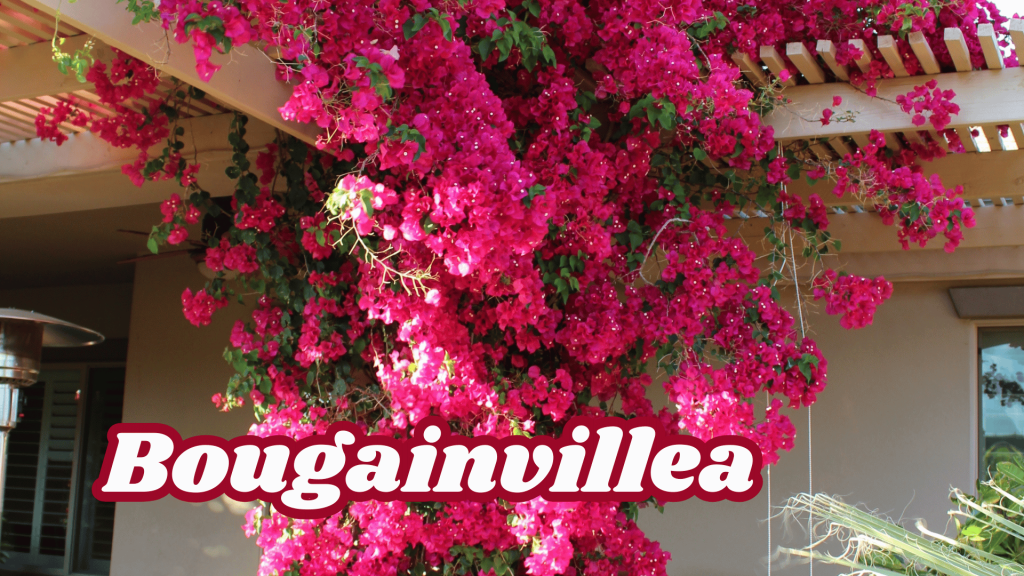
1. Visual Appeal
Bougainvillea’s vivid bracts bloom continuously through the warm months, creating a lush and colorful display. The plant looks spectacular on fences, walls, trellises, and even hanging baskets. Its vibrant hues make it a favorite in both formal and informal garden designs.
2. Low Maintenance
Once established, Bougainvillea is very low-maintenance. It doesn’t require frequent watering or fertilizing and is quite resilient against pests and diseases. It’s perfect for gardeners who want beautiful results without too much work.
3. Versatility
Bougainvillea can be shaped as a climbing vine, shrub, bonsai, or even a topiary. Its adaptability makes it suitable for various landscaping purposes, whether you want to cover a pergola, edge a pathway, or add height to your garden.
4. Drought Resistance
Bougainvillea is a water-wise plant that thrives in arid conditions, making it an excellent choice for xeriscaping or drought-prone areas.
5. Attracts Pollinators
The bright colors attract butterflies, bees, and hummingbirds, supporting the local ecosystem and promoting pollination in your garden.
6. Natural Privacy Screen
When grown along fences or trellises, Bougainvillea can act as a natural privacy screen or living fence, shielding your space while adding beauty.
Conclusion
Bougainvillea is more than just a beautiful plant it’s a tough, resilient, and rewarding addition to any outdoor space. With its rich history rooted in 18th-century exploration and its popularity in global horticulture, Bougainvillea has become a symbol of vibrant, tropical charm.
Whether you want to drape a pergola in brilliant blooms or add a splash of color to a container garden, Bougainvillea offers unmatched visual appeal with minimal maintenance. By understanding the best time to grow it, learning proper care techniques, and knowing how to plant it successfully outdoors, you can enjoy its dazzling display year after year.
So if you’re planning your next garden addition, consider the striking Bougainvillea. It’s not just a flower—it’s a statement of beauty, resilience, and natural elegance.

